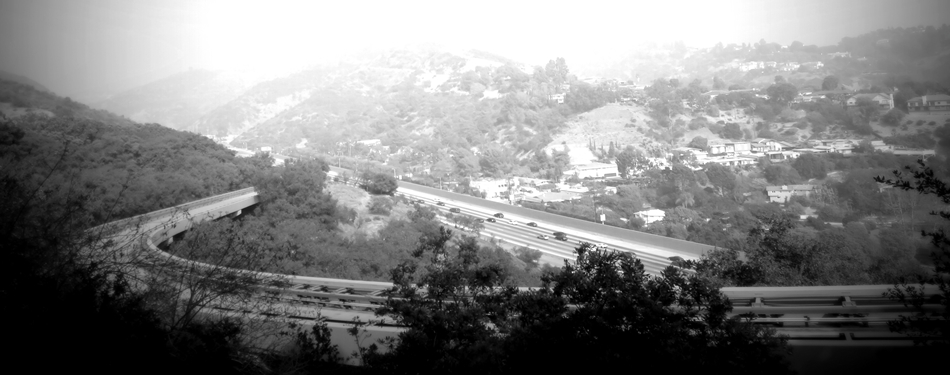The third part in a series of 11 book reviews.
From the 1930s to the 1950s Raymond Chandler penned a stylish collection of short stories and novels within the crime fiction genre.
Over the coming months I’m rereading his work and writing reviews. More details about the who, what and why are explained here in part one.
Review Number: 8 (3 in Chandler series)
Review Date: 22 September 2015
Title: Smart-Aleck Kill
Author: Raymond Chandler
Country: United States
Publication Date: 1958 (collected stories / 1934 to 1936)
Genre: Crime Fiction
This collection first published by Hamish Hamilton in 1958 consists of four short stories: Smart-Aleck Kill, Pick-Up on Noon Street, Nevada Gas and Spanish Blood.
Smart-Aleck Kill
(Originally published in Black Mask, July 1934.)
There was a blackened hole in his right temple, and a lacy pattern of blood spread down the side of his face and across the hollow of his neck as far as the soft collar of his shirt.
John Dalmas is the detective again and on a blackmail case he wants to give back. Dalmas thinks the guy, Derek Walden, is holding information from him.
Walden is a sleazy director of ‘smut’. Not someone to arouse sympathy, just a low-life in the arousal game.
Chandler liked to describe these shady types – they live in a sordid and unsentimental world that makes for compelling crime fiction. It’s probably best to read about it rather than live it. Well, that’s the line I’m sticking to.
It’s an interesting story, kind of a slow burn but speed isn’t always necessary. There are no wisecracks, no humour, and that’s not necessarily a bad thing. It’s good to see a change of style.
The action moves from hotels to clubs or to anywhere with cool interiors – all familiar crime noir territory. A world of darkness, and alcohol, cigarettes and vices. If you’re looking for fresh air and wholesome fun, this story isn’t for you.
As it develops it becomes darker and more brutal. Perhaps Chandler wrote this after waking up in a bad mood and with a hangover. He was a heavy drinker, so it could have happened.
Pick-Up on Noon Street
(Originally published in Detective Fiction Weekly, May 1936.)
This story is also known as Noon Street Nemesis. I prefer the other title.
His voice was husky because the bullet that had made the scar had done something to his vocal chords. It was a smooth huskiness, like the voice of a blues singer.
Lots of dialogue in the opening pages, but time has showed how stilted the language of the 1930s has become. That’s not a problem – it’s inevitable.
Pete Anglich – ‘narcotic squad undercover man’ is the central character. His line of work gets him in real danger, but he’s a survivor. Just as well, because his working environment is a nasty world of pimps and killers.
A lot of the action takes place in a ‘negro quarter’. Those words demonstrate how far we’ve moved on.
Chandler’s writing (in short stories, novels and letters) shows he wasn’t racist – in fact he was open-minded for a guy in this part of the 20th century. But like most people in the past seen from our modern age – he is stuck there.
Back in the 1930s there wouldn’t be a lot of mixing between the races and this story demonstrates he’s a white guy trying to write about a black world. In places it doesn’t feel convincing.
(For the real deal, I’d recommend Chester Himes’ 1957 crime novel A Rage in Harlem as way of introduction.)
A good, serious story nevertheless. At least Chandler was trying something new.
She was quite dead, dead long enough for the blood to have clotted over the powder-scorched hole below her left breast.
Nevada Gas
(Originally published in Black Mask, June 1935.)
After an odd and forgettable opening at a squash court, it’s on to a memorable death in a limousine.
It’s all about cars and killing – so moves along well. Dragged into this mess is Johnny De Ruse – and he’s not the heroic type. Someone tries to kill him and he wants to find out who and why.
Good story – there’s no one nice enough to care about, but not every story needs that. Sometimes you just need people doing bad things.
The blonde who looked after the big horseshoe cigar counter wasn’t young any more and her eyes were cynical from standing off cheap dates.
Spanish Blood
(Originally published in Black Mask, November 1935.)
We get a new scene again – a card game and people talking as they do… and then plotting as bad people sometimes do.
This is a good story of power, corruption and lies – and the death of a politician. But Sam Delaguerra, an honest cop, is on hand to investigate.
This one, like the other three in this collection, is tougher and short on humour. This line from Delaguerra sums up the whole mood:
“My blood is Spanish, pure Spanish. Not nigger-Mex and not Yaqui-Mex. My grandfather would have handled a situation like this with fewer words and more powder smoke, but that doesn’t mean I think it’s funny.”
It’s very unusual and jarring for Chandler to use the N-word, but he was making a point. Some people do talk that way.
No wisecracks and no jokes here again. As Chandler moved into the late 1930s and onwards, he lightened up and the writing generally improved.
But let’s not end on a downer. All the stories were good and Spanish Blood shows how Chandler could always describe places and atmosphere well enough:
Newton Street, between Third and Fourth, was a block of cheap clothing stores, pawnshops, arcades of slot machines, mean hotels in front of which furtive-eyed men slid words delicately along their cigarettes, without moving their lips.


